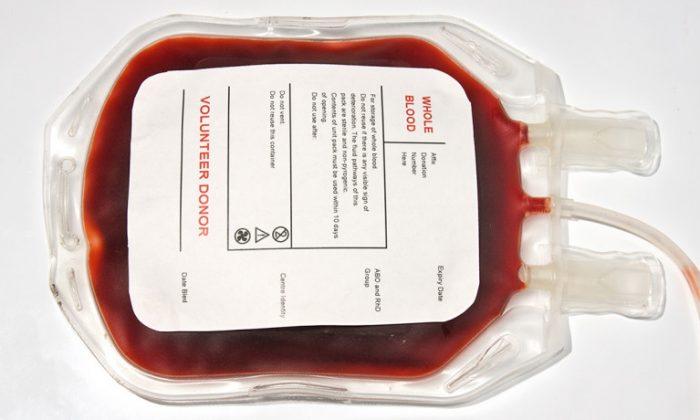Prolonged bed rest in a hospital intensive care unit leaves many patients significantly weaker, causing lingering physical problems even two years after discharge, new research suggests.
For every day of bed rest in the ICU, muscle strength was between 3 and 11 percent lower over the following months and years, the study shows.
“Even a single day of bed rest in the ICU has a lasting impact on weakness, which impacts patients’ physical functioning and quality of life,” says Dale M. Needham, associate professor of medicine and of physical medicine and rehabilitation at Johns Hopkins University School of Medicine
“We previously thought that bed rest and sedation in an ICU were helpful for patients, but we’re finding this approach to care is actually harmful to the long-term recovery of many.”
Decrease in muscle size
The two variables most associated with a patient’s muscle weakness were age and the duration of bed rest in the ICU, a unit where patients are traditionally confined to bed because of deep sedation, breathing tubes, and life-sustaining machinery.“Age is not a modifiable risk factor, but bed rest is,” Needham says. “We need to focus on changing bed rest to improve patients’ recovery.”
Previous research has shown that during the first three days a severely ill patient spends in the ICU, he or she can expect a 9 percent decrease in muscle size. The patients in the new study spent an average of two weeks in the ICU.
Awake and moving
“The standard of care for really sick patients has been keeping them sedated and in bed,” says Eddy Fan, a former Johns Hopkins physician now at the University of Toronto and the study’s first author. “Many doctors and nurses believe that when there’s a breathing tube in place, patients need deep sedation, not rehab. But that is a myth. We need our patients awake and moving.”It’s important to keep ICU patients as active as possible, even severely ill patients who may only be able to sit up at the edge of the bed or have their arms and legs exercised by a physical or occupational therapist, Needham says.
ICU-based rehabilitation therapy is underutilized, he adds, despite growing evidence of its safety and benefits
“Nothing is free of risk in the ICU, but the harms of bed rest far exceed the potential harms of giving these patients rehabilitation delivered by a skilled clinical team—even when patients are very sick and on life support.
“We must stop making excuses about why a patient can’t do rehabilitation today—he has a CT scan or she’s getting dialysis,” Needham says. “We need to highly prioritize rehabilitation, which we now see as just as—if not more—important than many other tests and treatments we offer our patients in intensive care.”
The research was supported by the National Institutes of Health’s National Heart, Lung and Blood Institute, the Royal College of Physicians and Surgeons of Canada and the Canadian Institutes of Health Research.
Other researchers were based at Emory University School of Medicine and the University of Maryland School of Medicine.






Friends Read Free